Two-million-year-old Australopithicus sediba (southern ape), a new species of hominid.
Click on image for full size
Courtesy of Wits University
Geologists Uncover Major Ancient Human Ancestor in South Africa
Scientists in South Africa have discovered two fossil skeletons that are about two million years old. These skeletons are of a young male and adult female of a species that had never been found before.
They are a species related to humans, gorillas, chimpanzees, and orangutans that lived long ago. With long arms and a small brain, these animals were a bit like apes. They were also a bit like humans. The bones show that they walked upright like humans.
Scientist Daniel Farber and his research team studied the rocks in the area where the fossils were found. They hoped to get a better idea of how these human ancestors lived. They also wanted to figure out the best places to look for more fossils.
They found that this young male and adult female died around the same time. About two million years ago their bodies were carried in a landslide of sediments and buried.
Other animals like saber-tooth cats, hyenas, wild dogs, were also carried in the landslide. Their fossils are found in the rocks too.
Last modified May 21, 2010 by Lisa Gardiner.
You might also be interested in:
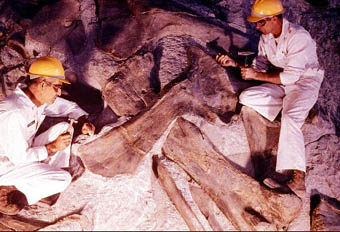
Fossils are evidence of what life was like long ago. The oldest fossils are over three billion years old and the youngest fossils are about 10,000 years old. Scientists that study fossils know that creatures
...more
Scientists have learned that Mount Hood, Oregon's tallest mountain, has erupted in the past due to the mixing of two different types of magma. Adam Kent, a geologist at Oregon State University, says this
...more
The Earth's mantle is a rocky, solid shell that is between the Earth's crust and the outer core. The mantle is made up of many different reservoirs that have different chemical compositions. Scientists
...more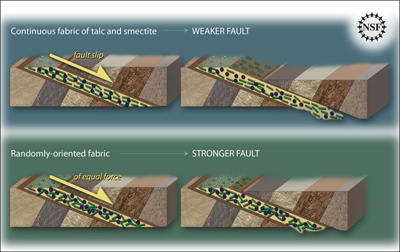
Some faults look strong and like they wouldn’t cause an earthquake. But it turns out that they can slip and slide like weak faults causing earthquakes. Scientists have been looking at one of these faults
...more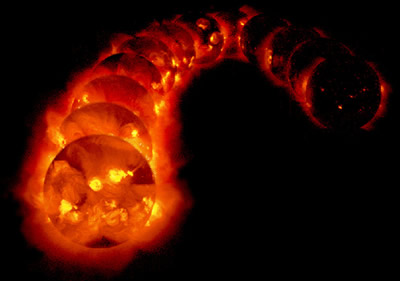
The sun goes through cycles that last approximately 11 years. These solar cycle include phases with more magnetic activity, sunspots, and solar flares. They also include phases with less activity. The
...more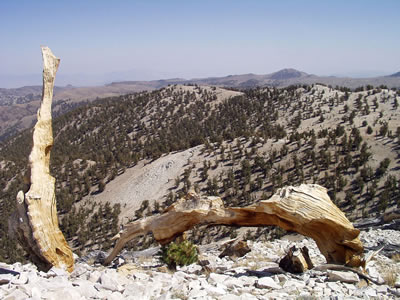
Studying tree rings doesn't only tell us the age of that tree. Tree rings also show what climate was like while the tree was alive. This means that tree rings can tell us about climates of the past. Two
...more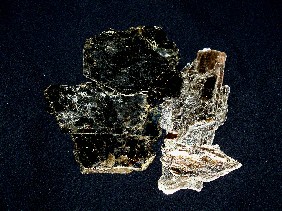
Earth's first life form may have developed between the layers of a chunk of mica sitting like a multilayered sandwich in primordial waters, according to a new hypothesis. The mica hypothesis, which was
...more















